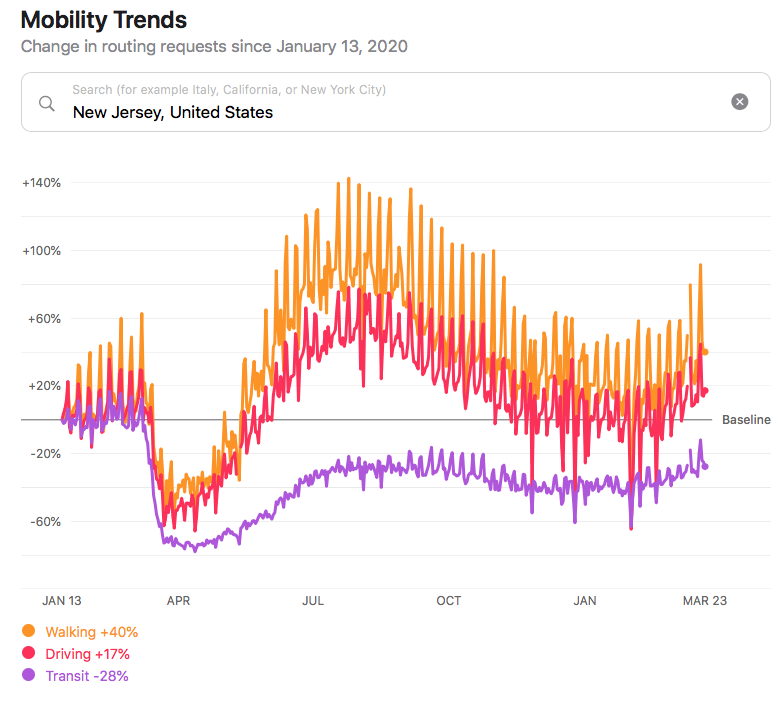From HousingWire:
Home prices soared in March amid record demand
This is getting to be a problem. Home prices in the U.S. soared 18% year-over-year in March 2021 to a median of $356,000, according to a report Redfin released Friday that provided stark evidence of a housing market where demand greatly exceeds supply.
Homes sold in March were on the market for 21 days, per the report, the shortest period between listing and sale since 2012. Forty-six percent of homes sold within a week after the hitting the market.
At first, such high demand was leading to record home sales. A National Association of Realtors’report from 2020’s end found the highest volume of home sales since 2006. But the NAR reported this week that home sales in March fell for the second month in a row as inventory plunged and home prices climbed to record levels.
Where matters are becoming problematic is that high demand is now a direct cause for the low inventory.
For months there was a question in the market “about whether fear of coronavirus infection was keeping homeowners from selling,” stated Daryl Fairweather, chief economist at Redfin.
But with a third of U.S. adults now vaccinated, Fairweather explained, it’s increasingly clear that people don’t fear contact with strangers as much as not having a new home to move into.
Another reason for low inventory – active listings were down 47% in March compared to March 2019, per the report – are low mortgage interest rates. Freddie Mac reported Thursday that interest on an average fixed-rate mortgage is now less than 3%. Instead of looking for a new home, Fairweather found, homeowners are just refinancing the mortgage payment on their current one.


